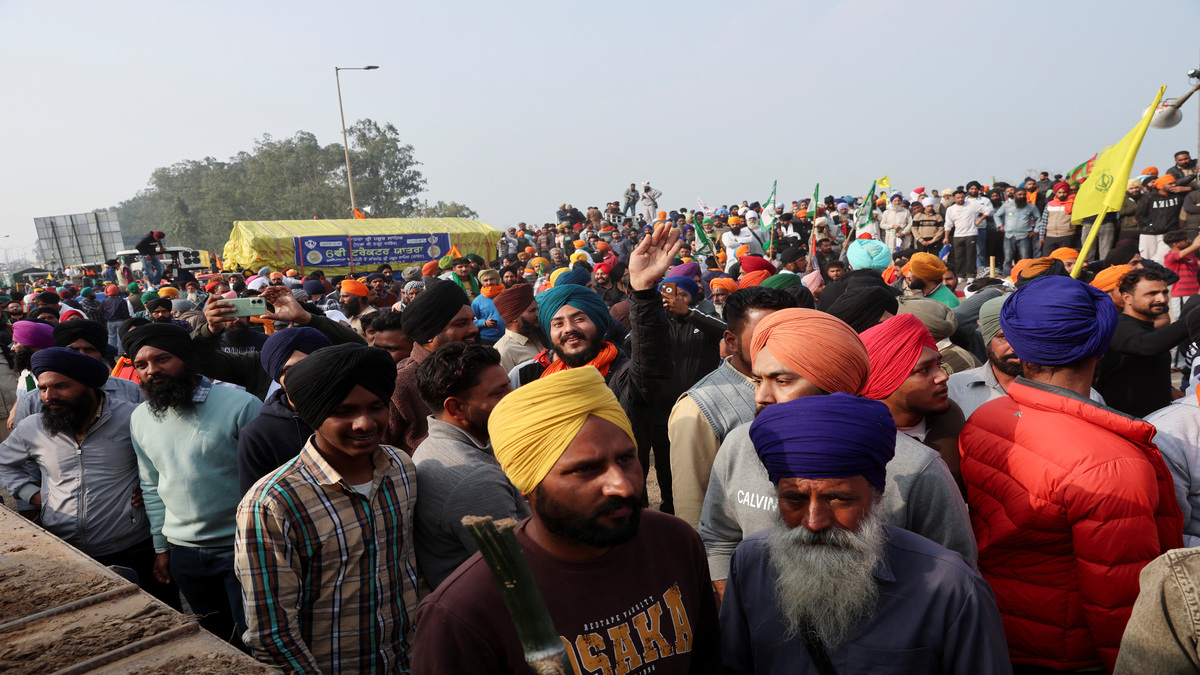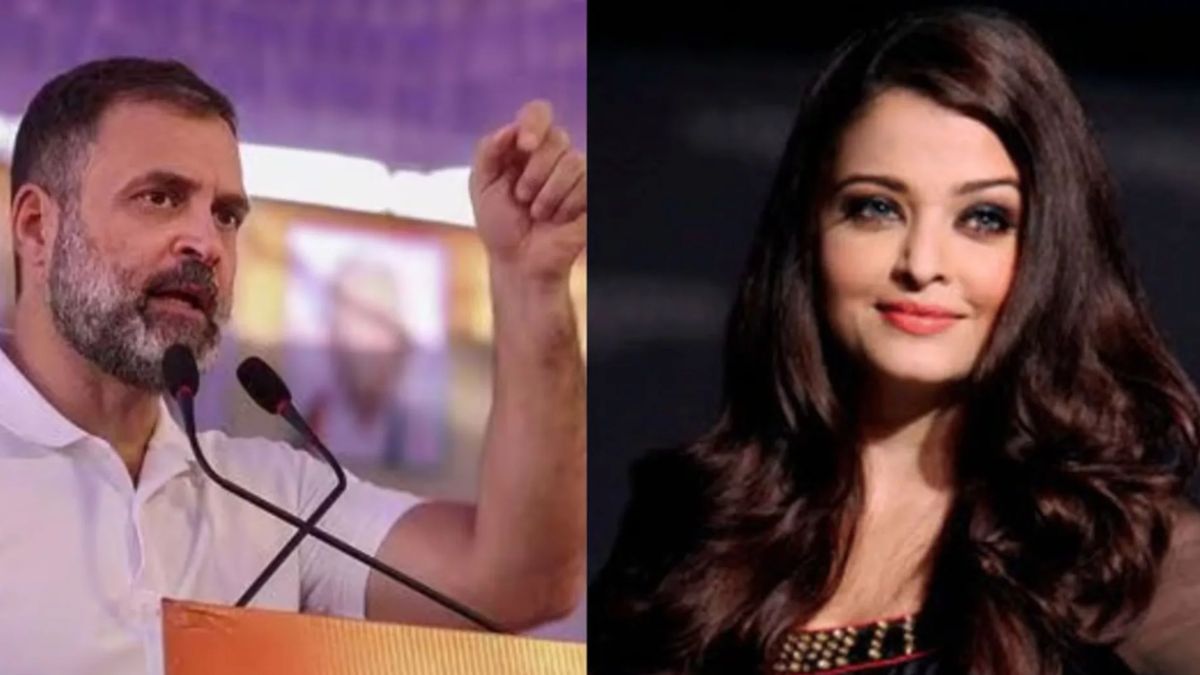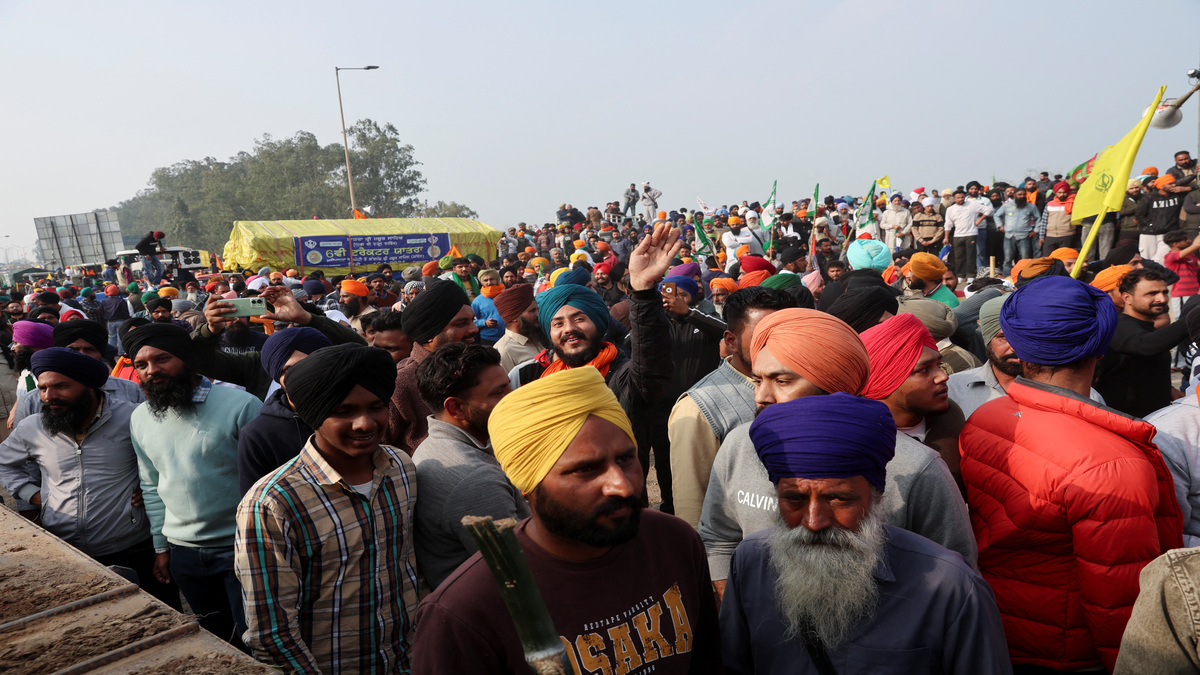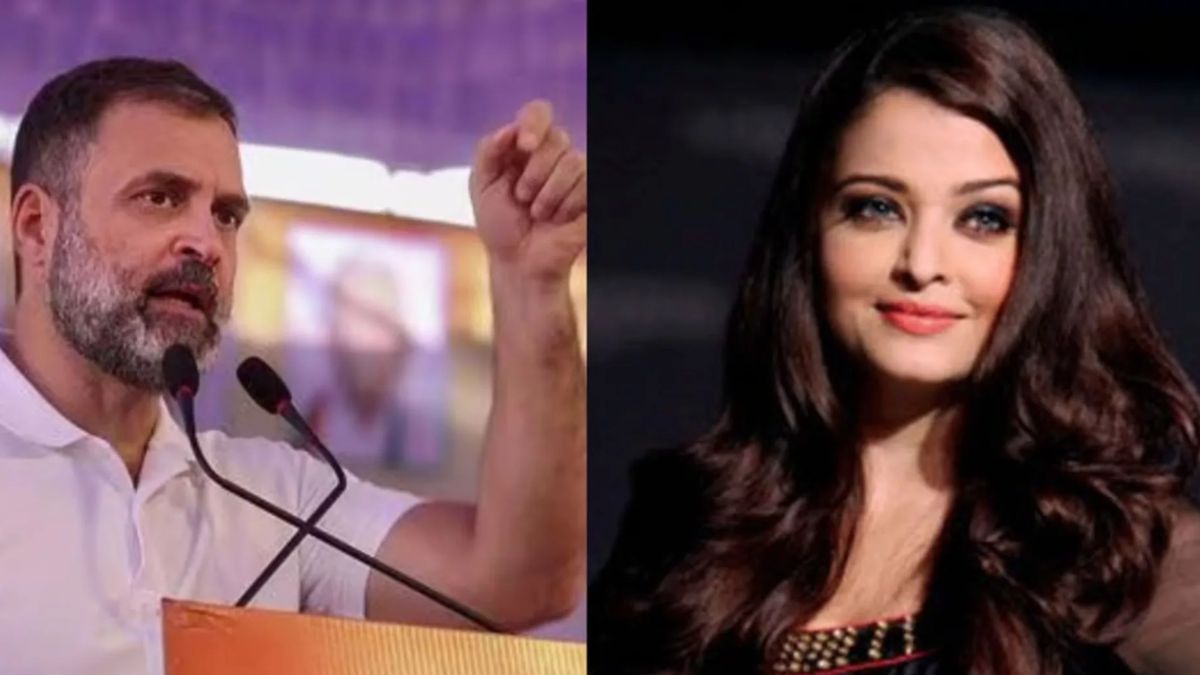Ash from nearby funeral pyres coats the narrow stone stairway that spirals above Dashashwamedh, one of the 88 ghats that flank the Ganga as it flows through Uttar Pradesh’s Varanasi in a seven-kilometre crescent. The steps lead to the brightly painted residence of Jagdish Chaudhary, the Dom Raja, or the king of the Dom caste, of Varanasi.
In no other part of India does a Dom hold the title of Raja. Chaudhary, a portly 50-year-old with burnt umber eyes and a paan-stained grin, inherited the title from his father and grandfather. As the head of his extensive Chaudhary clan, which considers itself the most exalted among the Dom sub-castes, he is the chief keeper of the fire burning uninterrupted at the town’s Manikarnika and Harishchandra ghats, which are reserved for cremation.
The title of Raja is linked to the Chaudhary residence, which has two large ochre and brown-painted tiger sculptures flanking its eastern and southern parapets. These tigers, which symbolise power, are the source of his grandfather’s title. “When my grandfather was building this house, he installed the tigers, but the Raja (of Varanasi) stopped the construction, saying the tigers were above his station in life,” says Chaudhary.
Chaudhary’s grandfather reminded the king that Kallu, the Dom’s mythological ancestor, had bought Raja Harishchandra and employed him as a corpse-burner in Varanasi. It is believed that Harishchandra had auctioned himself to a Dom in exchange for 400 gold coins in order to repay a debt. “Then the king permitted us to have these tigers, for he agreed that only a raja could have bought out another raja,” he says.
Chaudhary believes the title of King elevated the status of all Doms. History and mythology merge in the tales that the Doms tell about themselves. The story of Kallu Dom glorifies the past and also reinforces their burden—that of setting alight funeral pyres at the two ghats, which Hindus count among the holiest for cremation. Around 24,000 Hindus are consigned to flames here every year. “If not for Kallu Dom, someone like me born in this caste would never have been known or recognised,” Chaudhary says.
The Dom Raja is a cheerful man who appears to wear his burdens lightly. He is known as “Natey-ji”, or the little one, by his family. “I got the name for I was my father’s favourite,” he says. As the patriarch, he has to know all that happens in the city’s 3,000-strong Dom community. He is the chief regulator of their routine, which remains unchanged for generations, and settles their disputes.
The Doms follow a shift system which extends from 12 to 48 hours. They use twigs—no matches are allowed at Manikarnika and Harishchandra ghats—to light pyres from the “eternal” flame. Members of Dom sub-castes do not intermarry but share the obligation of lighting funeral pyres.
“We used to be just a few families who were donated food, gold and land. Today, we are many and people give us small cash donations of Rs 251, Rs 501 and so on,” says Chaudhary. His grandfather is known to have bought several properties in Varanasi, a claim he refutes. “The old days are over. The Dom Raja is not a rich king,” he says.
Chaudhary compulsively chews paan, gutka and betel nut, which have reduced his teeth to a jagged rut. “My father and two brothers drank country liquor, dissipating our wealth in drunken shenanigans and illnesses,” he says. So, he became a “chai-paan” junkie instead. “Chewing paan forces the mouth to remain closed, which masks the odour of flesh that fills the burning ghats,” he says, admitting it is a tough job.
Many Hindus believe they will attain moksha if cremated according to rituals in Varanasi, in which the Dom plays a vital role. This belief is the source of Chaudhary’s power as well as the helplessness of his community. His grandfather, father and other Dom leaders were against setting up of an electric crematorium at Varanasi. After a 30-year delay, the government-built crematorium, designed to reduce water and air pollution, began operations at Lal Ghat in 2003. It was supposed to dispose of the remains of those who had leprosy, had died of snakebite and abandoned bodies, where were otherwise allowed to drift into the holy river.
Chaudhary believes the crematorium puts his community’s livelihood, though it is regarded as lowly, at risk. “We were born in this caste and have been assigned to dispose of the dead and neither shy away from it nor hold it in contempt,” he says.
The debate over the crematorium is at the heart of the Dom Raja’s claim to being the king. A funeral pyre needs 500-600 kg of wood, which costs Rs 2-Rs 5 per kg. Most families cannot afford it and half-burnt bodies litter the ghats. The crematorium costs less than Rs 1,000, but barely 1,000 bodies are brought there in a year. “People believe that if a Dom does not light the pyre, they will not get moksha,” Chaudhary says.
The younger generation seeks opportunities outside the ghats. But the stigma attached to their work is so strong that they do not feel they can succeed anywhere else. “This is a tradition and our only source of income,” says Rambabu Chaudhary, a Dom at the Manikarnika Ghat. His 19-year-old son runs a general store. “Even if we do other work, we have to continue this tradition,” he says.
Another young boy is at the ghat, marking his family’s attendance as per the convention. “My grandfather will come to the ghat later,” says 18-year-old Jawahar, who has just finished schooling and wants a job in the city, but will still work at the ghats for he considers it “traditional” duty.
Chaudhary was among the four Banarasis who proposed Prime Minister Narendra Modi’s name to contest the Lok Sabha elections from Varanasi. “A BJP leader contacted me and I agreed immediately,” he says. “Today, some Indians are very rich and others very poor. Modi-ji wants to reduce the burden of poverty, which is why I like him.”
This election is his latest claim to fame. Leaders of many parties have visited Varanasi’s Dom Rajas. As for thousands of other Doms, Chaudhary admits that he is the only one who knows or recognises them. “Yeh toh satya hai,” he says.


)




)
)
)
)
)
)
)
)